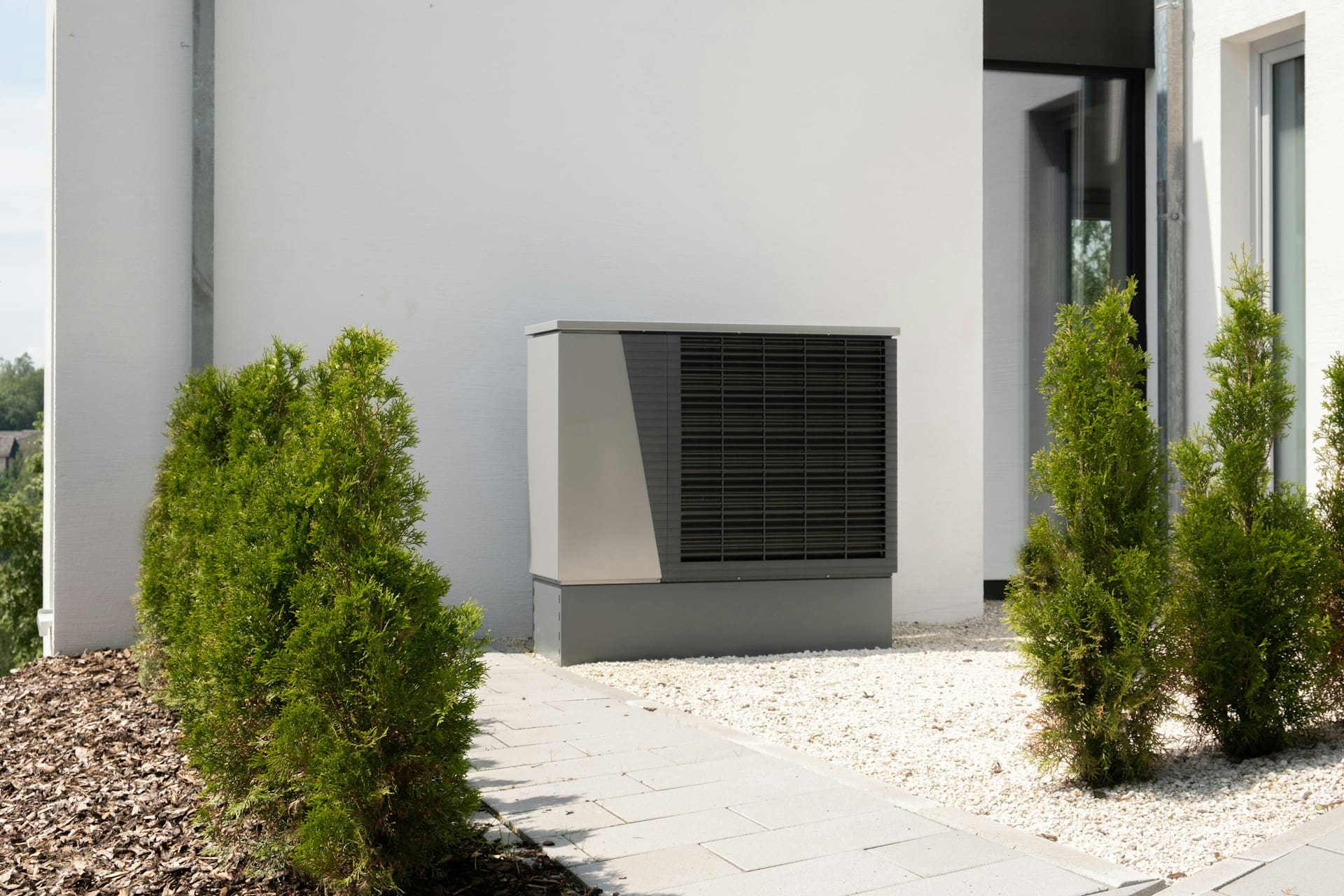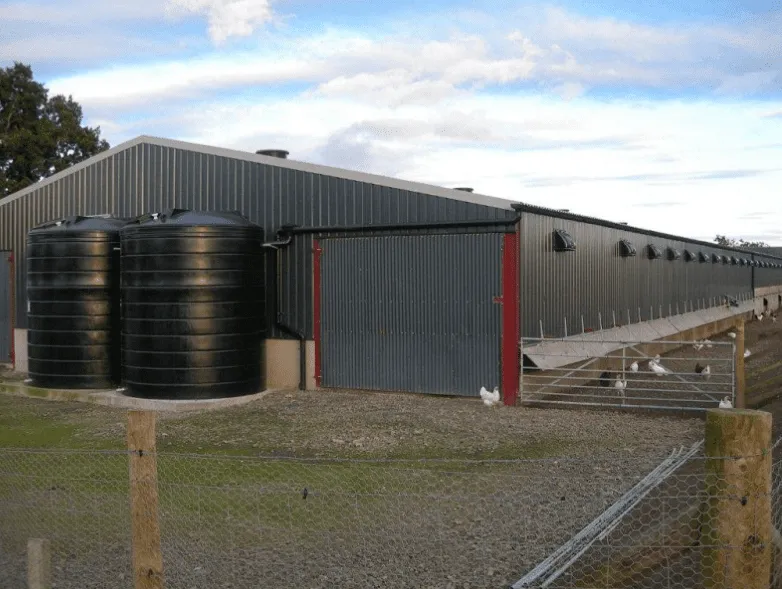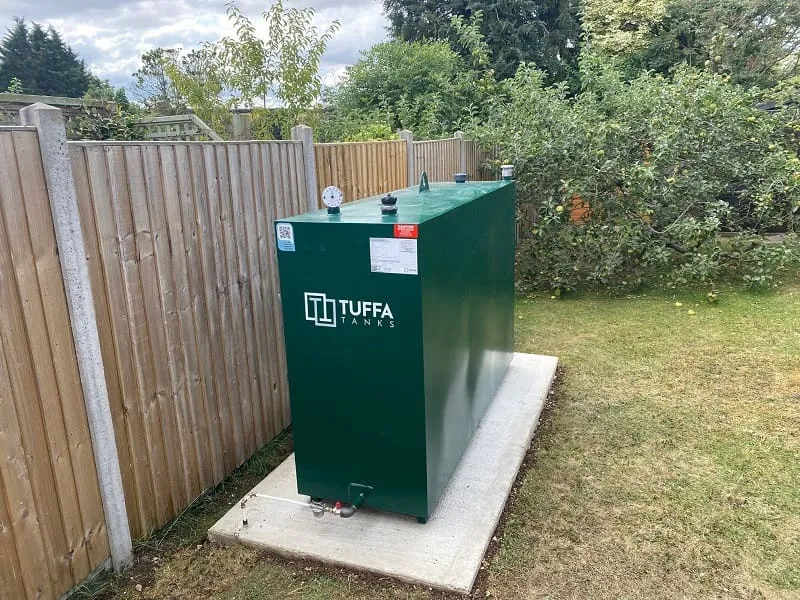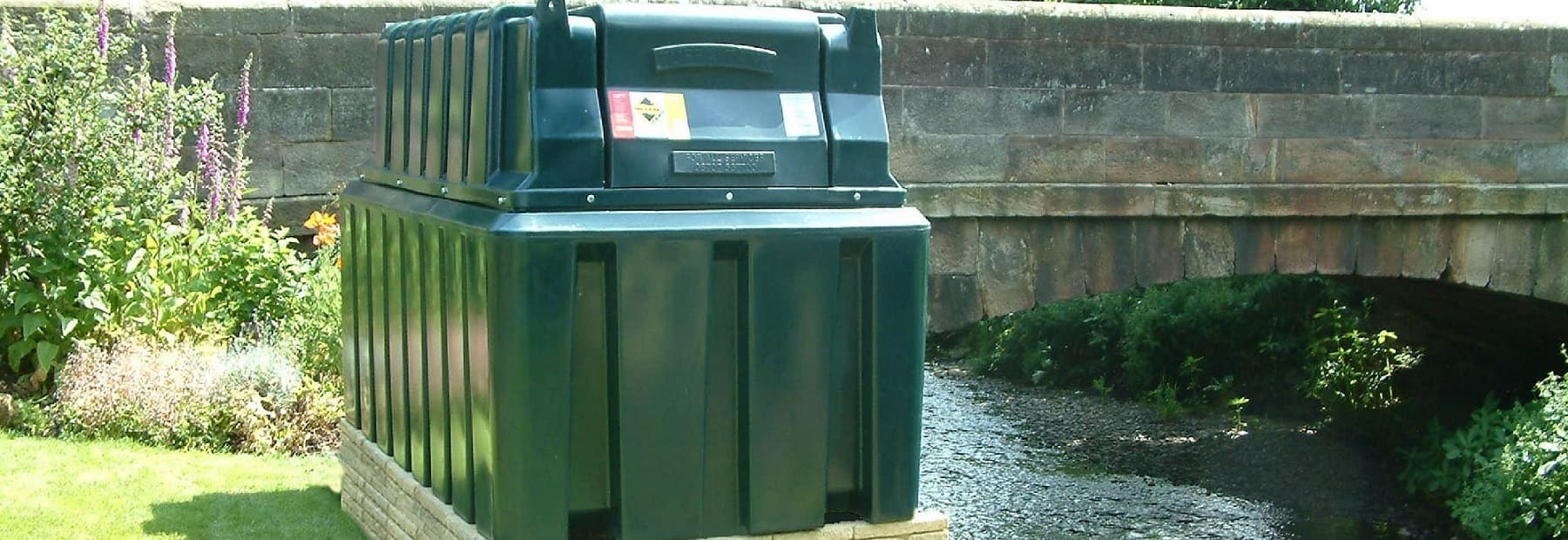As storage tank manufacturers, we take the liquids that are being stored in our products very seriously, particularly when the liquids in question are chemicals. Here at Tuffa, we produce a whole host of tanks that are suitable for storing chemicals such as AdBlue, De-Icer, Anti-Freeze, Sodium Hypochlorite, Hydrochloric Acid and many more.
Whilst looking rather similar to your average storage tank, our chemical storage tanks are carefully considered before being produced; fully dependent on the chemical that will be housed within.
Damage Control
Chemicals can be, and often are, hazardous, irritants, corrosive, fire hazards that can sometimes react violently and emit toxic fumes or vapour. Some chemicals exhibit all of these risks, others just one or two, but either way the risk needs to be considered thoroughly before manufacturing.
Businesses that deal with chemicals must issue stringent risk assessments for staff before handling them, and focus on the hazard, who it will harm, potential consequences, a solution and contingency plan.
With this in mind, we must consider the following, to ensure all chemical storage tanks are as safe as physically possible.
- The capacity of the storage tank
- Where the tank will be residing – in terms of site boundaries, roads, buildings, drains, waterways, etc.
- Activities in the local area
- Quantities of chemicals and tanks
- Loading and unloading arrangements
- The possibility of human error
- Tank inspection and maintenance
- Access for staff and the implications of access by the public
Other Safety Precautions
It is important to keep stock levels as low as possible at all times, to minimise risk.
Chemicals should be stored at ground level for a number of reasons. Firstly, monitoring stock levels is easier and safer. Second of all, it is more economical to pump liquids and, lastly, the chemical storage tank can be monitored for corrosion and damage a lot easier – therefore reducing the risk of leaks and spills.
Bunded chemical storage tanks are the ultimate safety and control measure. The ‘tank within a tank’ prevents the spread of liquid contamination and allows for easier recovery of liquids that could leak from the primary reservoir.
Which Tank is Best?
There are two main types of tank – horizontal and vertical, both of which have pros and cons. Vertical take up less ground space for businesses with size limitations and make it easier to observe liquid levels. Horizontal tanks are easier to maintain and repair, should there be an issue.
Whatever your chemical needs are, please have a browse of our website and enquire with our team should you require any further details. More information on storing chemicals and maintaining tanks can be found here.






























